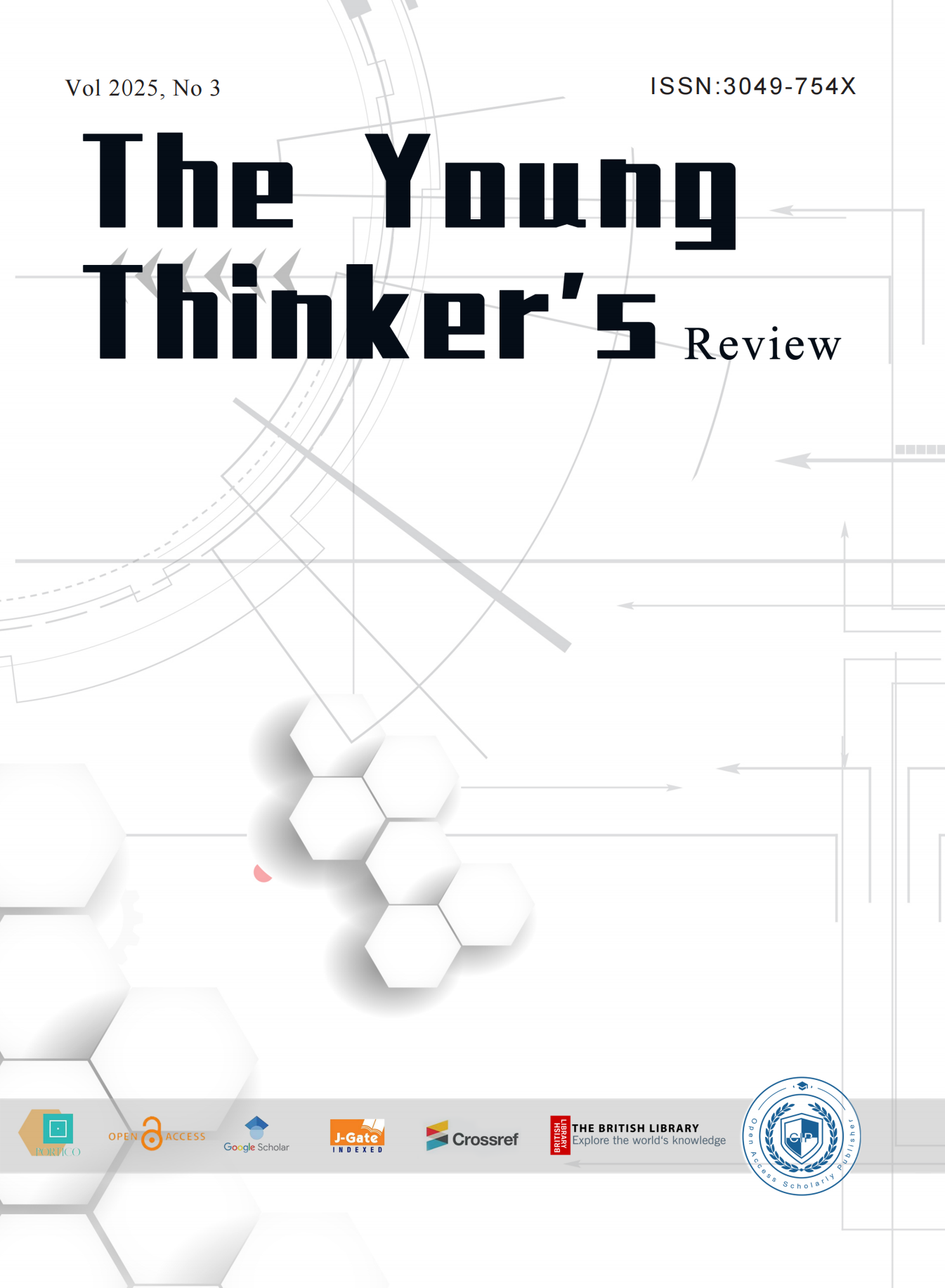Published 13-06-2025
Keywords
- Health and Fitness,
- Adolescents,
- School Physical Education,
- United States
Copyright (c) 2025 The Young Thinker's Review

This work is licensed under a Creative Commons Attribution-NonCommercial 4.0 International License.
How to Cite
Abstract
This study centers on the U.S. Presidential Youth Fitness Program (PYFP) and reviews the development of the U.S. health and fitness program. The results indicate that health and fitness education in the U.S. involves health assessment as well as educational and motivational tools that support teachers and students in adopting an active lifestyle. The PYFP serves as a model for health and fitness education, with three core areas: health assessment, professional development, and cognitive motivation. It is suggested that China should implement and establish the concept of differentiated health and fitness for adolescents, emphasize the cultivation of physical literacy in physical activities, and develop a sound governance system and capacity for youth sports curricula.
References
- Mou Liming. Insights from the U.S. "Presidential Youth Fitness Program" [J]. Journal of Sports Culture, 2013(7): 24–27.
- Huang Lu. On the Need for a Go-Slow Approach to "Olympic Education" [J]. Journal of Physical Education, 2010(10): 5–10.
- Carlson SA, Fulton JE, Lee SM, et al. Physical Education and Academic Achievement in Elementary School: Data from the Early Childhood Longitudinal Study [J]. American Journal of Public Health, 2008(4): 721–727.
- Fan Xiaoping, Wang Xiao an, Wang Jian. Insights from the U.S. SPARK Curriculum for Primary School Physical Education Reform in China [J]. Journal of Adult Physical Education, 2014(1): 80–83.
- Liu Jihong. An Examination of "Problem Solving" in American Elementary School Physical Education [J]. Journal of Adult Physical Education, 2013(5): 89–92.
- Franzini L, Taylor W, Elliott MN, et al. Neighborhood Characteristics Favorable to Outdoor Physical Activity: Disparities by Socioeconomic and Racial/Ethnic Composition [J]. Health & Place, 2010(2): 267–274.
- Tian Wenxue. Analysis of the Assessment Process of College Physical Education Teaching Quality Based on Competency Models [J]. Journal of Adult Physical Education, 2014(6): 69–72.
- Huston S, Evenson K, Bors P, et al. Neighborhood Environment, Access to Places for Activity, and Leisure-Time Physical Activity in a Diverse North Carolina Population [J]. American Journal of Health Promotion, 2003(1): 58–69.
- Huang Lu. Overall Approach to Physical Education Curriculum Reform in Independent Colleges [J]. Sports, 2011(5): 102–104.
- Huang Lu. Exploration of Physical Education Reform in Universities [J]. Journal of Sports Culture, 2011(11): 86–89.
- Huang Lu. School-Based Exploration of Physical Education Reform in Universities [J]. Zhejiang Sports Science, 2011(6): 61–67.
- Zhang Xianfeng, Luo Guangfei, Liang Fangmei. Experimental Study on the Impact of Orienteering on the Health-Related Fitness of Female College Students [J]. Journal of Hebei Institute of Physical Education, 2014(2): 75–78.

